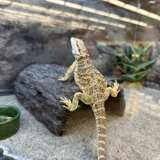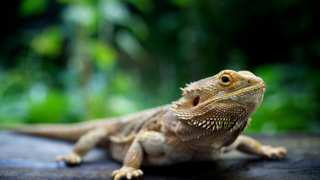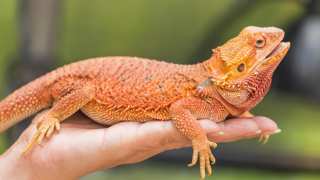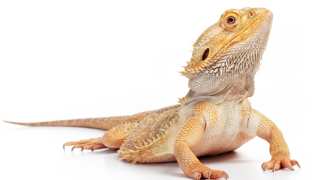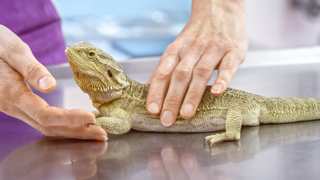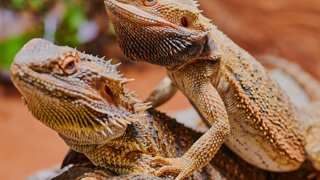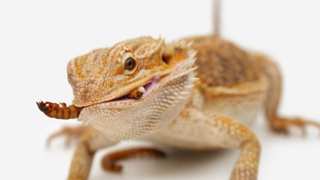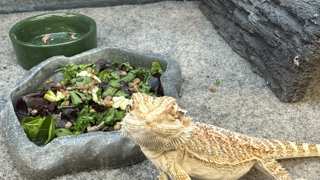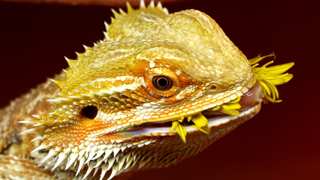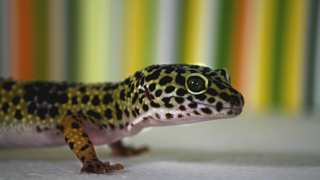Types of Tank for Your Bearded Dragon
There are different types of tanks that you can get for your bearded dragon. Below is a list of the different types of tanks you can get for your dragon:
- Glass aquariums
- Melamine cages
- PVC cages
- ABS cages
- Vision cages
Glass Aquariums
Glass aquariums are probably the most popular type of enclosure for bearded dragons. These inexpensive tanks can be purchased at any local pet store and can sometimes even be found for free. These are great enclosures for bearded dragons and other reptiles.
The only problems with glass tanks is that they can be heavy (so once your tank is setup, you probably won't move it) and the glass doesn't hold in the heat as well as other materials. This is fine for bearded dragons, however, many owners say that glass tanks lack of insulation causes their dragon's color to seem a little dull. So if you have a colorful bearded dragon you may want to get a different type of tank.
Melamine Cages
Melamine cages are made out of melamine board (wood), which can be purchased at your local hardware store. You can build these tanks yourself or you can buy them offline. Bearded dragons love these cages and look amazing in them, since the white boards reflect extra light which makes your dragon happier.
The only drawbacks to melamine cages are they are fairly expensive and they are extremely heavy.
PVC Cages
PVC cages look and work exactly like melamine cages, except they are made of PVC plastic which makes them much lighter so they can be moved. They are more expensive than melamine cages, but generally have a better look since the plastic is smooth and attractive.
ABS Cages
ABS plastic cages look and work exactly like PVC and Vision cages, except they are made of ABS plastic. ABS plastic is very lightweight and sturdy, making reptile cages movable and stackable. Also many reptile enthusiasts claim that ABS cages don't produce the plastic odor that other reptile cages have. We recommend NPI Cages for ABS reptile cages.
Vision Cages
Vision cages are professional cages made from one molded piece of plastic. They are chemical resistant and easy to clean and have heat lamp shrouds built in directly. They are expensive, but many bearded dragon breeders will use these cages since you can stack them on top of each other to save space.


